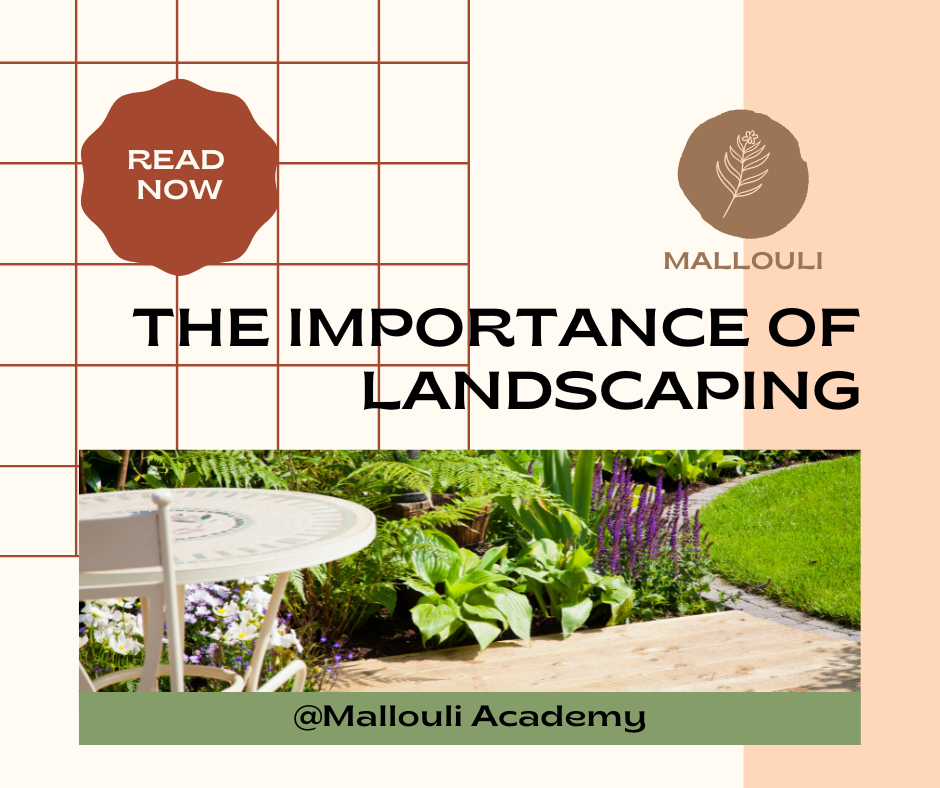Rumored Buzz on Landscape Design
Table of ContentsWhat Does Landscape Design Do?Some Of Landscape DesignThe Best Strategy To Use For Landscape DesignLandscape Design Things To Know Before You Get ThisSome Of Landscape Design
Official style motif. Debt: Gail Hansen, UF/IFAS The yard is an extension of the home where a range of activities occur. A yard can usually be divided right into three areas: public (the front yard), exclusive (the garden), and solution (typically the side yard). The place of activity locations depends mostly on the kind of area, the dimension of space required, the kind of activity, and the preferred proximity to various other tasks and structures.The outdoors wall surface of your home usually serves as the first wall surface or beginning point of an outside space. Inappropriate usages should be separated, and related tasks, such as cooking and dining, should be created to make the lawn a lot more effective and enjoyable. When utilizing hardscape to create areas, utilize building and construction material similar to that utilized in your house for continuity from your home into the yard.
Linked spaces. Credit Report: Gail Hansen, UF/IFAS Making use of similar hardscape functions and duplicating plants pulls the eye around the yard. Essential factors along the method can be stressed with plantings or functions that draw attention and motivate activity in a specific instructions. Relocating along the path takes an individual from one area to the next and enables the customer to have a variety of experiences.
Little Known Facts About Landscape Design.

For mental comfort plants are utilized as physical or implied obstacles for privacy and safety and security. Physical obstacles obstruct both the sight and accessibility to a room and include fencings, walls and plant hedges.
Physical and implied barriers. Debt: Gail Hansen, UF/IFAS For these factors, the kinds of plants to be made use of (such as trees, bushes, or groundcovers) ought to be chosen in the onset of planning (Landscape Design). Plant types are selected for their functional abilities to make sure that their future objective and required area can be thought about at the very same time

Some Of Landscape Design
Each plant mass is in front of, behind, or beside, another mass. Number 11. Horizontal plant layers. Credit Report: Gail Hansen, UF/IFAS Figure 12. Upright plant layers. Landscape Design. Credit Scores: Gail Hansen, UF/IFAS Repeating plants within a mass and repeating masses with comparable plants connects the yard together. The individual plant characteristics have to be thought about to efficiently layer and mass plants.
All plant compositions start with the major structure learn the facts here now plants, the big, mostly evergreen history plants-such as the trees and large bushes. These plants separate or enframe areas, control the size of the space, and give the starting factor for selecting the ideal qualities of the second layer, midground plants, for massing and infill.
Crucial points in the garden ought to be highlighted by the use of distinct plants, unique frameworks, or garden accessories. Marking thresholds or entryways to spaces can be performed with gates, arbors, and steps, or with making use of special and vivid plants. The type and/or why not look here design motif of the garden will often help determine the essential points and exactly how they need to be highlighted.
Other vital locations in the yard are prime focus, which is utilized to aesthetically organize a landscaped location. The kind of prime focus commonly depends upon the seeing point of view. Various viewpoints or point of views can reveal various make-ups in the landscape that might call for a selection of centerpieces. Contrasting appearance, shape, dimension and shade will catch and hold the eye.
The 5-Second Trick For Landscape Design
Number 13. Plant forms. Credit History: Gail Hansen, UF/IFAS After type, structure is the next leading function of a plant; coarse, medium and great appearances can be utilized for comparison and emphasis in the landscape. Kind and appearance both trump color in the yard for a lot of the year. However, content throughout certain seasons, color will certainly be one of the most recognizable quality of the yard.
The enjoyable scent of plants, the sound of wind in the trees, the audio and appearance of water, and the shades and appearances of sculptures, pots and garden furniture all contribute to the experience of the garden. One detail that is commonly forgotten is the result of light on the aesthetic appeals of the plants.

Landscape Design Fundamentals Explained
It is very important to recognize the eventual fully grown dimension of plants so they can be positioned in the right place and spaced appropriately when they are installed. Giving plants space to grow is an obstacle since the common fully grown size is typically based upon optimum expanding conditions and the ecological conditions of a website may create a plant to expand larger or stay smaller.